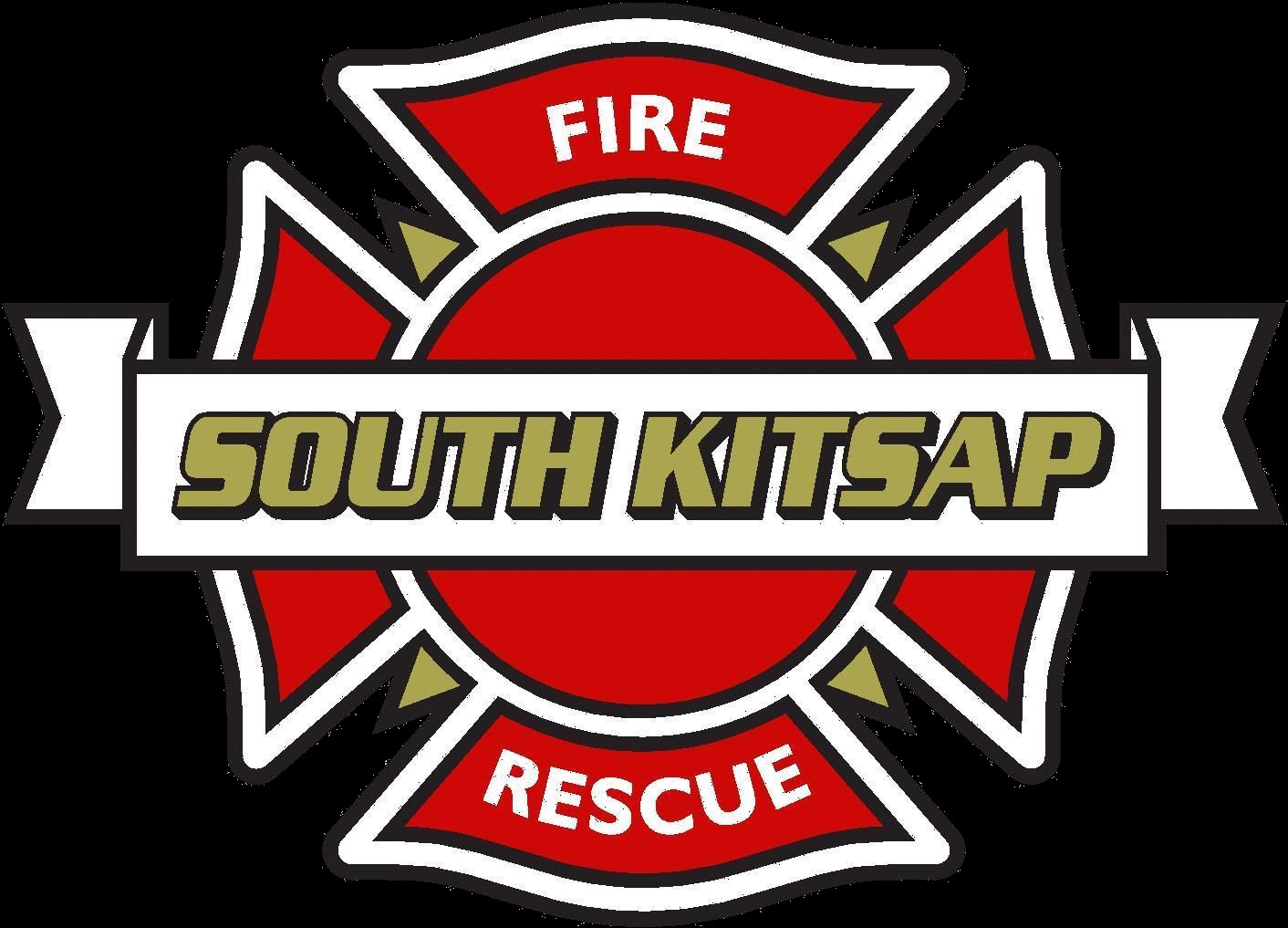Education For Older Adults
Fall Prevention Education
Fall Prevention-A Guide For Those at Risk
Fall Prevention- Practical Tips to Help No Fall
Tips to have helpful conversations with your Doctor.
1. Write a list of things you want to talk about
2. Ask for a falls risk assessment
3. Talk about other specialists.
4. Be honest about your concerns.
5. Take notes-and ask for the notes from the doctor.
6. Ask your doctor questions if you do not understand or need clarification.
Health and Wellness
Follow this link for more information on health and wellness from the National Council of Aging.-HERE
Fall Education
Common Risk Factors that Lead to Falls
- Vision and hearing problems.
- Certain medications used to treat hypertension, heart disease, allergy, insomnia, stomach acidity, and depression.
- Taking multiple medications.
- Lack of physical activity.
- Difficulty walking, foot problems, or issues with balance, coordination, or muscle weakness.
- Certain diseases or conditions such as joint disease, heart disease, stroke, or Parkinsons.
- Confusion from dementia, delirium, or depression.
- Alcohol or drug abuse.
- Fall hazards in the home.
Use the Washington State’s Department of Health’s worksheet My Fall-Free Plan to help you learn more about common risks and possible next steps for you to take to prevent falls.
Fear of Falling
It is important to be cautious and aware of risk factors for falls. Problems can arise when caution leads to fear. Fear of falling causes many older adults to limit their activities – thereby becoming inactive and often more isolated. This is especially true if the person has fallen before.
A lack of physical activity creates an even greater risk of falling. Being inactive can lead to poor leg strength, balance difficulties, and problems walking. Even a little activity strengthens bones and muscles, improves steadiness when walking, and helps prevent fractures.
If you avoid staying active because you’re afraid of falling, talk to your doctor. He or she can recommend a carefully monitored exercise program that’s right for you or refer you to a physical therapist who can help design a safe exercise program.
Steps to Fall Prevention
- Keep physically active. Regular, daily exercise helps to improve your balance, increase your flexibility, and build your strength.
- Have your vision and hearing checked regularly by a professional.
- Wear glasses and use your hearing aids (if needed).
- Use medication wisely. Have your prescriptions checked by your pharmacist or doctor periodically.
- Eat regular, healthy meals.
- Reduce fall hazards in your home. Learn more.
- Find out if there are any gadgets or assistive devices that can help you stay independent and how to use them.
- Wear the right type of shoes. High heels, floppy slippers and shoes with slick soles can make you slip, stumble and fall. Learn more about what shoes to wear.
- Slow down, watch where you’re going, and use handrails.
- Get up slowly after eating, lying down or resting. Low blood pressure at these times may cause dizziness.
What To Do If You Do Fall
If you do fall, try to land on your buttocks to prevent more serious injuries. Try not to land on a hip.
Stay calm. Take a few deep breaths and see if you have been hurt at all. Learn more about how to safely get up from a fall or help to help someone else get up from a fall.
If you are concerned that you may not have the ability to get yourself up from a fall, talk with your doctor. Your doctors can talk with you about what types of exercise would help to improve your balance, increase your flexibility, and build your strength.
Fire Safety for Older Adults

